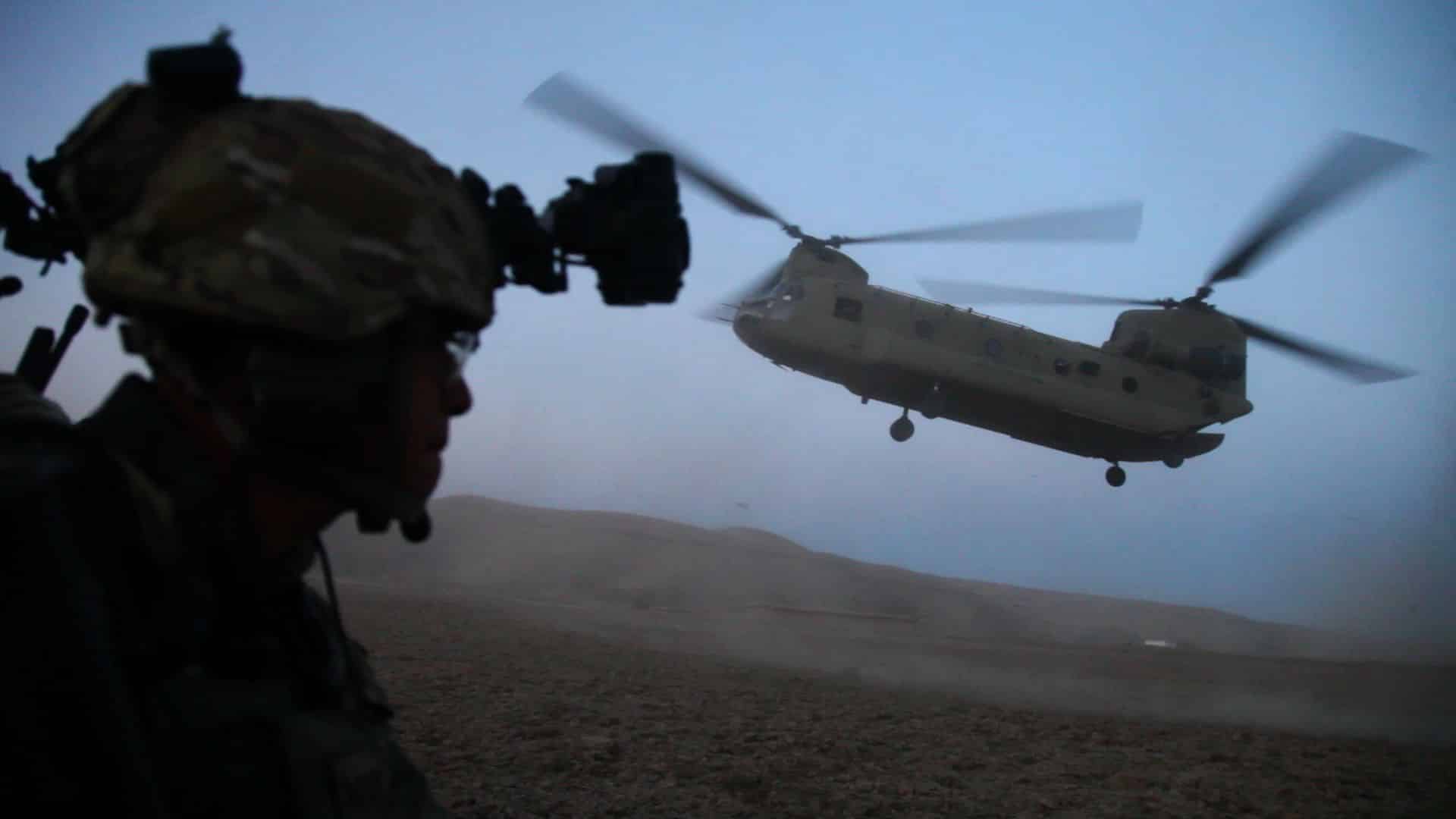Alec Smith’s geospatial analysis of the Taliban’s air capabilities reveals that, following the U.S. withdrawal from Afghanistan, the Taliban has obtained a significant amount of military hardware, including rotorwing assets. Geospatial intelligence sources confirm the Taliban’s present but limited capability to conduct offensive air operations. Despite their current limitations, the Taliban are predicted to further develop and expand these aerial capabilities in the coming year.
Key Points:
- The Taliban have acquired and shown capability to operate multiple air assets, including UH-60 Black Hawk helicopters, A-29 Super Tucanos, and potentially Aero L-39 Albatros light attack jets.
- Kabul International Airport, Afghanistan’s largest airport, houses the most significant concentration of these military-grade aircraft. Many of these assets have been sabotaged by departing U.S. forces, but the Taliban have demonstrated efforts to make use of the remaining functional equipment.
- There’s a focus on the Taliban’s intent to develop and maintain their air capabilities to potentially leverage against regional powers, specifically Iran and Pakistan.
- The Taliban has access to anti-air and offensive missile capabilities, including a stockpile of Stinger and SA-24 Igla-S MANPADS and other missiles.
- Technical and manpower challenges currently limit the Taliban’s full operational capability, but their intent to overcome these challenges is evident.
Source: https://greydynamics.com/air-capabilities-of-the-taliban-a-geospatial-analysis/









